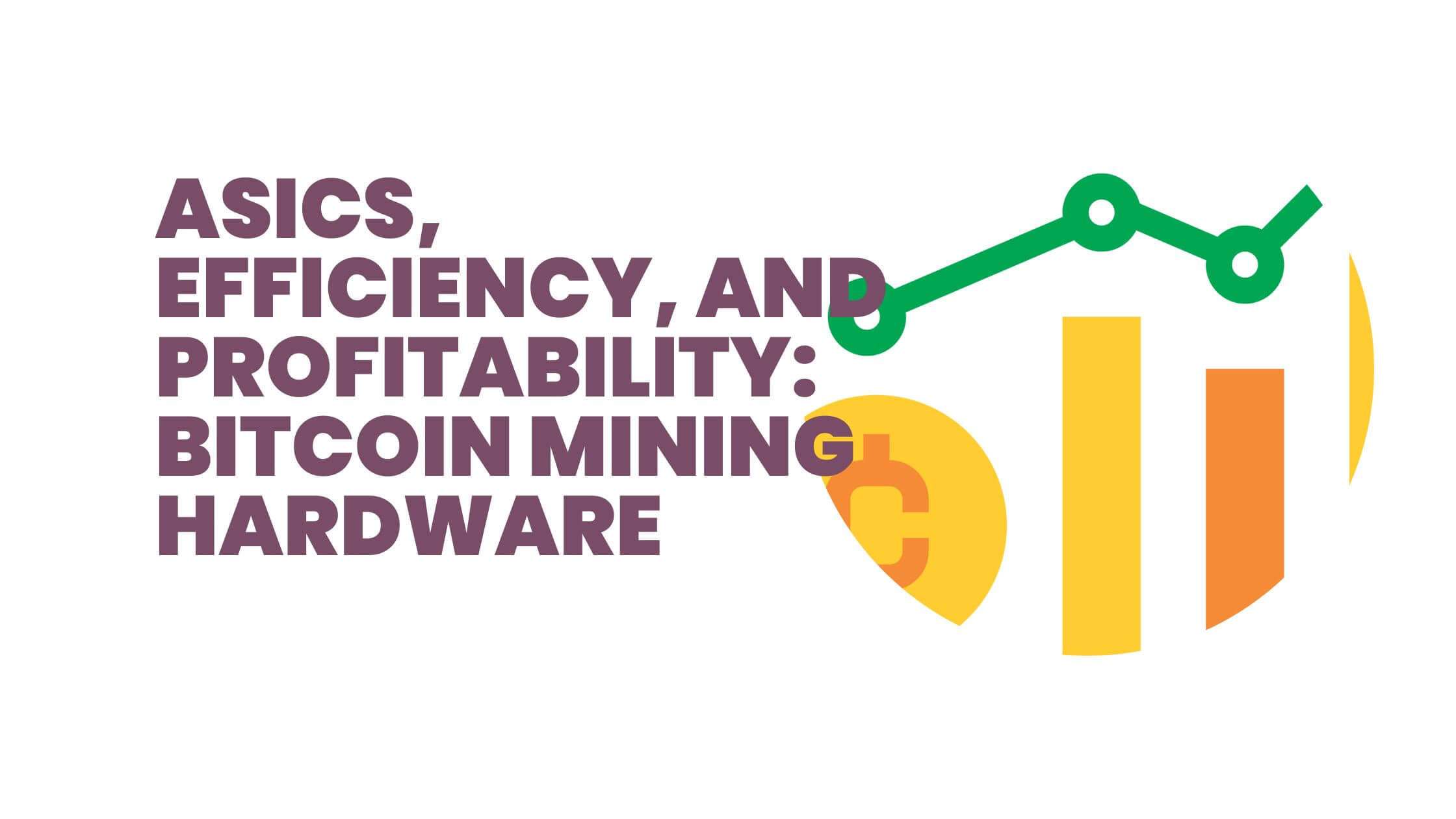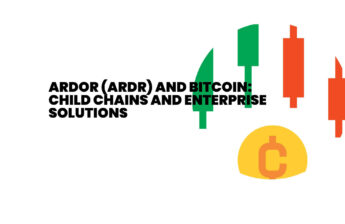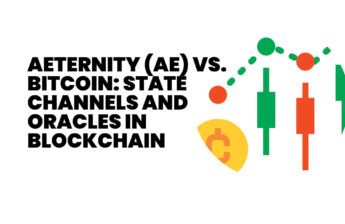Bitcoin, the pioneer of cryptocurrencies, relies on a decentralized network of miners to validate transactions and secure its blockchain. These miners play a pivotal role in maintaining the integrity of the network, and the hardware they use is critical to their success. In this article, we will explore the intricate world of Bitcoin mining hardware, with a particular focus on Application-Specific Integrated Circuits (ASICs). We will delve deep into the subject, examining its evolution, functionality, energy efficiency, profitability factors, and future challenges and trends in this dynamic industry. For those interested in exploring opportunities in the world of cryptocurrencies, it’s worth considering MATRIXATOR as a means to stay engaged with this exciting ecosystem.
Contents
The Evolution of Bitcoin Mining Hardware
Early Days: CPU and GPU Mining
In the early days of Bitcoin, mining could be performed on standard computer CPUs and later on graphics processing units (GPUs). However, as the network’s popularity grew, these traditional hardware options quickly became obsolete due to their inefficiency.
Emergence of ASICs
The emergence of ASICs marked a significant turning point in the world of Bitcoin mining. ASICs are specialized hardware devices designed solely for mining cryptocurrencies, and they have proven to be far more efficient than CPUs and GPUs. They are specifically engineered to perform the complex mathematical calculations required for mining, making them the go-to choice for serious miners.
Role of ASICs in Revolutionizing Bitcoin Mining
ASICs revolutionized Bitcoin mining by offering unprecedented processing power and energy efficiency. Their introduction led to an arms race among miners to acquire the latest and most powerful ASIC models, driving the network’s overall hash rate to new heights and making it more secure than ever before.
Understanding ASICs
What are ASICs and How Do They Work?
ASICs, short for Application-Specific Integrated Circuits, are custom-designed microchips created solely to perform a specific task—in this case, cryptocurrency mining. Unlike general-purpose CPUs and GPUs, which can handle a wide range of tasks, ASICs are optimized for a single purpose: hashing. This specialization allows ASICs to execute the cryptographic calculations required for mining much more efficiently.
ASIC vs. CPU/GPU Mining
Comparing ASIC mining to CPU or GPU mining is like comparing a Formula 1 car to a bicycle in a race. ASICs are exponentially more powerful and efficient when it comes to mining Bitcoin. While CPUs and GPUs can still be used for mining other cryptocurrencies, Bitcoin mining has long surpassed their capabilities.
Advantages and Disadvantages of ASICs
Advantages:
- Unmatched hashing power
- Energy efficiency
- High hashrate-to-watt ratio
- Faster return on investment for serious miners
Disadvantages:
- Lack of versatility (ASICs are only useful for mining)
- High initial investment cost
- Rapid obsolescence as new models are developed
Energy Efficiency in Bitcoin Mining
The Energy Consumption Debate
Bitcoin mining has faced criticism for its energy consumption, particularly as mining operations have scaled up. Critics argue that the energy expenditure is unsustainable and environmentally damaging. However, it’s essential to understand that not all mining operations are equally energy-intensive, and efficiency improvements are continually being made.
Measuring Efficiency: Hashrate per Watt
Efficiency in Bitcoin mining is often measured by the hashrate per watt, which quantifies how much computational power a miner can produce for each unit of electricity consumed. ASICs excel in this regard, as they are designed to maximize efficiency, ensuring that the majority of electricity is devoted to productive mining work rather than wasted on overhead.
Environmental Concerns and Sustainability
To address environmental concerns, some miners are exploring renewable energy sources and more eco-friendly mining practices. Green energy initiatives and the relocation of mining operations to regions with abundant renewable energy are steps towards making Bitcoin mining more sustainable.
ASIC Manufacturers and Models
Overview of Major ASIC Manufacturers
Several companies dominate the ASIC manufacturing industry, producing some of the most powerful and sought-after mining hardware. These include Bitmain, MicroBT, and Canaan Creative, among others. Each manufacturer offers a range of models with varying specifications.
Popular ASIC Models and Their Specifications
Some of the most popular ASIC models in recent years include the Bitmain Antminer S19 series, MicroBT Whatsminer M30 series, and Canaan AvalonMiner series. These models boast high hashrates, and excellent energy efficiency, and are highly regarded by miners.
How to Choose the Right ASIC for Mining
Choosing the right ASIC depends on factors such as budget, electricity costs, and mining goals. Serious miners often opt for high-end models with the best rates and efficiency, while hobbyist miners may prefer more budget-friendly options.
Profitability Factors in Bitcoin Mining
Mining Difficulty and Block Rewards
Bitcoin’s mining difficulty adjusts approximately every two weeks to maintain an average block production time of 10 minutes. As more miners join the network, the difficulty increases. Miners must consider this factor when evaluating profitability, as it directly affects the rewards they receive.
Electricity Costs and Location Considerations
Electricity costs play a crucial role in mining profitability. Miners often seek locations with cheap electricity or use renewable energy sources to reduce operational costs. The choice of mining pool and equipment efficiency also impact electricity consumption.
The Impact of Bitcoin’s Price on Profitability
The price of Bitcoin has a significant influence on mining profitability. When the price rises, mining becomes more lucrative, as miners earn more in fiat currency for each mined block. Conversely, during price downturns, mining may become less profitable.
Mining Pools and Profit Maximization
The Concept of Mining Pools
Mining pools are groups of miners who combine their computational power to increase their chances of successfully mining a block. Pools distribute rewards among members based on their contributions, providing more consistent payouts compared to solo mining.
Joining a Mining Pool for Consistent Payouts
Solo mining can be unpredictable due to the inherent randomness of block discovery. Joining a mining pool ensures that miners receive more predictable and frequent payouts, even if their contributions are smaller.
Maximizing Profitability Through Pool Selection and Strategy
Choosing the right mining pool is essential for profitability. Factors to consider include pool fees, payout structures, and the pool’s overall hashrate distribution. Miners may also employ strategies such as merging mining or switching between pools to maximize profits.
Future Trends and Challenges
Moore’s Law and the Future of ASIC Technology
The evolution of ASIC technology is closely tied to Moore’s Law, which predicts that the number of transistors on a microchip will double approximately every two years. As semiconductor technology advances, ASICs will become even more powerful and energy-efficient.
Regulatory Challenges and Legal Considerations
The mining industry faces ongoing regulatory challenges in various countries, with some governments imposing restrictions or outright bans on mining activities. Miners must navigate these legal considerations as they continue to operate and invest in mining hardware.
Environmental Sustainability Efforts in the Mining Industry
As the environmental impact of Bitcoin mining gains attention, efforts to make the industry more sustainable are on the rise. Initiatives to use renewable energy sources, improve energy efficiency, and reduce carbon footprints are becoming increasingly important for the industry’s future.
Conclusion
In conclusion, ASICs have transformed Bitcoin mining, making it more efficient and profitable than ever before. These specialized hardware devices have evolved to offer unparalleled processing power while addressing concerns about energy consumption. As Bitcoin mining continues to adapt to changing market dynamics and regulatory challenges, miners will need to stay informed and make strategic decisions to remain profitable in this competitive landscape. The future holds promise for further advancements in ASIC technology and sustainability efforts, ensuring the continued growth and evolution of the Bitcoin mining industry.
Disclaimer: The information contained in this article is for educational and informational purposes only and should not be considered as financial advice. Cryptocurrency markets are volatile and risky, and prices can fluctuate wildly. You should always do your own research before making any investment decisions.







